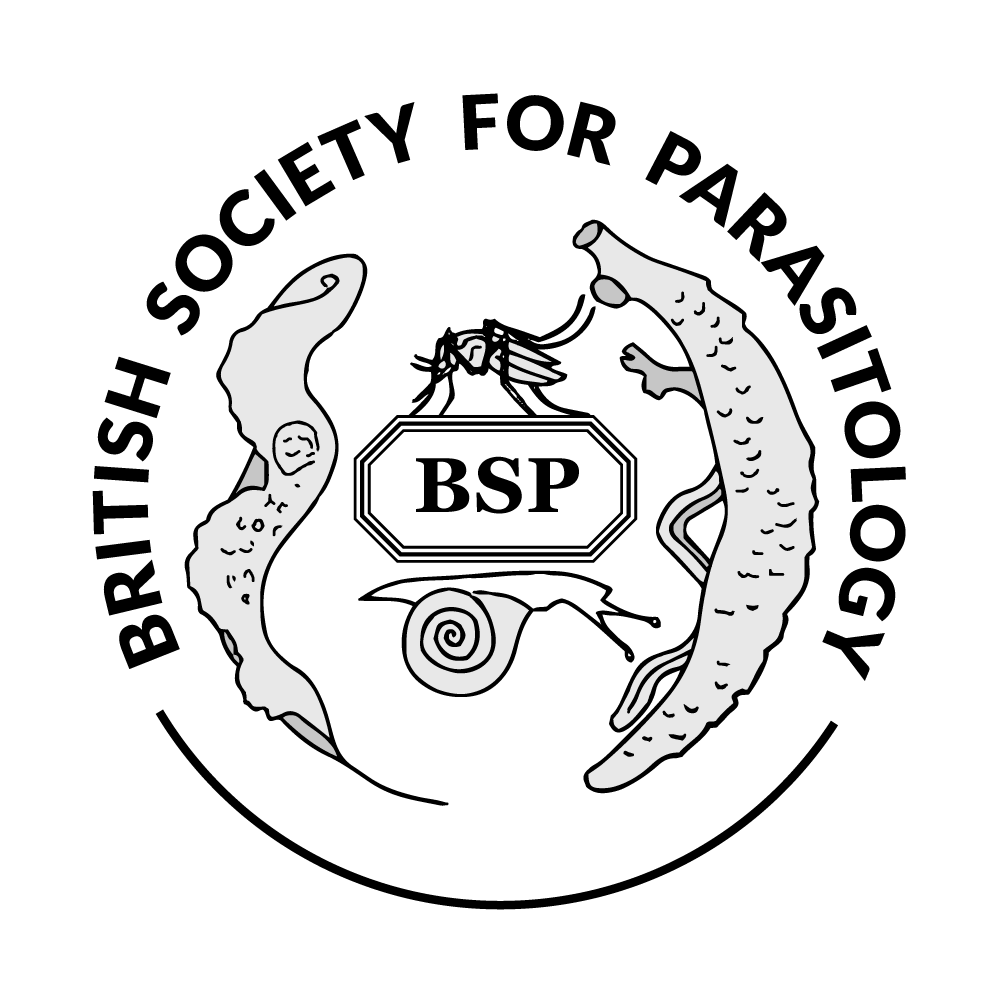Public Engagement
Parasitology is a subject that often fascinates school children and, as part of our new website, the BSP is keen to provide resources for students, teachers and the public with an interest in parasitic diseases.
Educational Resources
- CDC Website: The CDC website (US Centers for Disease Control) provides an excellent set of simple schematics showing parasite lifecycles, along with basic biological and clinical information about diseases caused by parasites.
- WHO website: The WHO (World Health Organisation) supplies information about global health and current outbreaks of infectious diseases, including those caused by parasites.
- Comics: Prefer your parasitology in comic-book form? Check out these comics from the Wellcome Trust Centre for Molecular Parasitology at the University of Glasgow!
- 'Malaria Challenge' & other great resources at YourGenome.org: Malaria Challenge offers 3D animations, microscopic images, films and interviews with experts in malaria research. This is suitable for anyone wanting to know more about this deadly tropical disease, and can also be used to support the teaching of malaria in the classroom. There are three discussion-based activities suitable for GCSE and A-level studies.
YourGenome.org also offers resources on other parasites: pages include introductions to Helminth diseases, Schistosomiasis, African Sleeping Sickness and Guinea worm (all with great pictures!) and a Malaria Introductory Video.
- Interested in Entomology and Vector-borne diseases? Try the Royal Entomology Society, and resources to introduce children to insects on the playground.
- A homeowner's guide to entomology from Angela Thomas. A great site for amateur and budding entomologists: https://www.homeadvisor.com/r/guide-to-house-insects/
- Also for budding entomologists, fun resource guides on crickets and spiders
- Universities hosting parasitology researchers: Many universities and parasitology research centres around the UK offer outreach events that cover aspects of parasitology. Examples include the Wellcome Trust Centre for Molecular Parasitology at University of Glasgow, the Liverpool School of Tropical Medicine, the Centre for Applied Entomology and Parasitology at Keele University and the Wellcome Genome Campus in Cambridge. Note that we do not distribute complete lists of the BSP membership, nor do we maintain a comprehensive list of parasitology research labs in the UK.
- Science Learning Centres: Science Learning Centres are a UK Government initiative to address the need for improved science education and development for teachers in England. For example, the West Midlands Science Learning Centre based at Keele University is found here.
- 'Why Scientists Do What Scientists Do': A site developed to help non-scientists, or students embarking on a career in science, to understand "the scientific mind-set". (Why do we carry out some experiments which, at first sight, seem crazy? For example, why would we make rabbits which glow in the dark? And why don’t we give straightforward answers to questions but instead make everything so complicated? This website will help you understand some of the issues that scientist worry about and consequently “why do scientists do what scientists do.”)
- Silent Signal: Linked here is a bank of free resources - available for those working in STEM outreach and education - from Silent Signal, a Wellcome-Trust-funded biomedical science communication project.
- "Microessays, Science Communication in action" is a collection of short articles about microbiology written for the general public by students from the University of Glasgow. They include titles such as 'Malaria Bugs outsmart us again: Will this be the last time?'. Several of these essays were shortlisted for the Biochemical Society Science Communication prize in 2016.
- eANOFEL: an educational library dedicated to Parasitology and Medical Mycology. The eANOFEL website is a library containing more than 1800 images and some video clips covering all themes of Parasitology and Medical Mycology. This educational tool is dedicated both to researchers, teachers who wish to illustrate their presentations and students to complete their training effectively. It provides images on the morphology of parasites (including some in motion) and on major fungal species of medical interest, on their epidemiology and the diseases they cause. The content of this website is freely available after registration, in English / French. This platform is provided by the French College of Parasitologists and Medical Mycologists (ANOFEL).
- I'm a Scientist, Get me out of here!: An online outreach competition where scientists talk about their work with curious school students all over the UK at imascientist.org.uk. Being part of I'm a Scientist is a novel and exciting way for a scientist to develop communication skills, gain a fresh perspective on research, and find out what young people think about science and the role of scientists, all while raising students' awareness of careers in science. Students ultimately vote for their favourite scientist, who wins £500 to fund more outreach activities. Previous winners include the BSP's 2015 Wright Medallist Dr Julian Rayner. The latest 'Parasite Zone' competition ran in summer 2016.
- With increasing availability of high resolution video clips, we want to bring your attention to this fascinating video produced by Clive Bennett on Life cycle of the Liver Fluke: Fasciola hepatica
Resources available from ‘Silent Signal’, a biomedical science communication project
Silent Signal is a Wellcome-Trust-funded biomedical science communication project. As part of the project’s legacy, a bank of free resources is available for those working in STEM outreach and education.
All the activities are curriculum linked, free to download and available to everyone. The resources complement six digital films, covering a wide range of biomedical themes that are applicable to parasitology. In particular AfterGlow deals with Malaria and Battle of Blister deals with inflammation, while Immune Craft explores immune learning, function and memory. The activities include curiosity-driven tabletop exercises to introduce the topics and promote informal learning, and then a lead discussion to promote debate into the cultural, societal and ethical considerations of biomedical research.
All the project information can be found at silentsignal.org and the educational resources can be found here.
